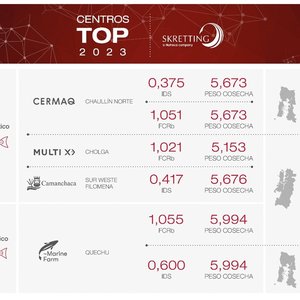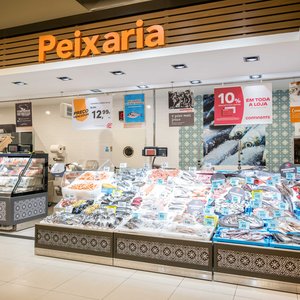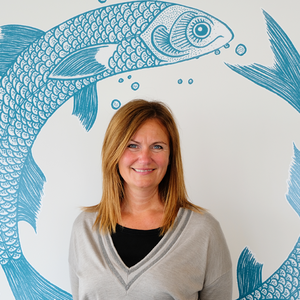An oral vaccine delivered via fish feed that protects European sea bass as tiny as 1 gram from Viral Nervous Necrosis (VNN) could be ready for market in the next 12 to 18 months if everything goes according to plan for VakSea, a Baltimore, Md., startup.
Mihir Pershad, VakSea’s chief operating officer, said no vaccine exists for VNN, a devastating disease that has caused mass mortalities in over 40 species of cultured marine fish worldwide. The company decided to target farmed European sea bass in Europe and Africa because of the existing size of that market and the well-established hatchery and fish ecosystems for European sea bass compared to many of the other species affected by VNN.
VakSea’s oral vaccine is grown in cabbage looper (Trichoplusia ni) larvae, which are then ground up and manufactured with other aquafeed ingredients into pellet form. It is then administered to fish during their normal feeding regimens. VakSea selected the insect species because of its low cost and efficient system.
“Insects are food for fish, so this will make the pellet palatable to the fish,” he said. The two-part manufacturing process consists of farming the insects and turning the larvae into feed pellets. Pershad said his team has the knowledge to build the manufacturing systems necessary in Delaware, but since it is still in its trial and fundraising stages, it hasn’t yet needed to invest money in large-scale infrastructure.
Small-scale manufacturing is presently taking place in a university-affiliated incubation laboratory in Baltimore. Once the vaccine is ready, VakSea hopes to develop a partnership with a large animal feed manufacturer or distributor.
“They could help us reach the hatchery farms faster than we could do on our own, so that within a year or two we could potentially be helping all these farmers,” he said.
The vaccine presents a number of advantages over traditional vaccination methods, which are time consuming and costly. It can be delivered to fish up to six months younger than any other vaccine on the market, which means sea bass weighing between one and five grams could be vaccinated.
In addition, the small dosage of the vaccine required for these young fish will make the vaccine cheaper to administer and more cost-effective to produce. Pershad estimates VakSea’s vaccine will come in at one-third of the cost of currently available aquaculture vaccines.
Read the complete article on GAA







